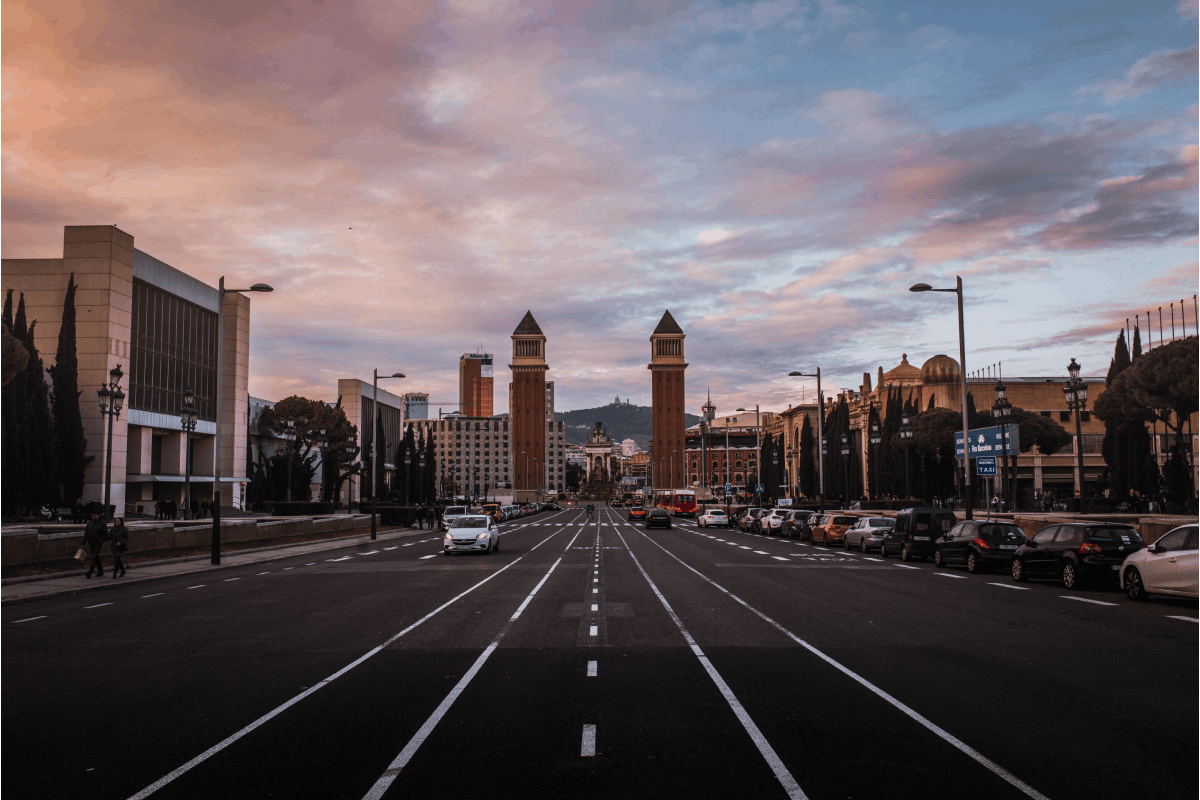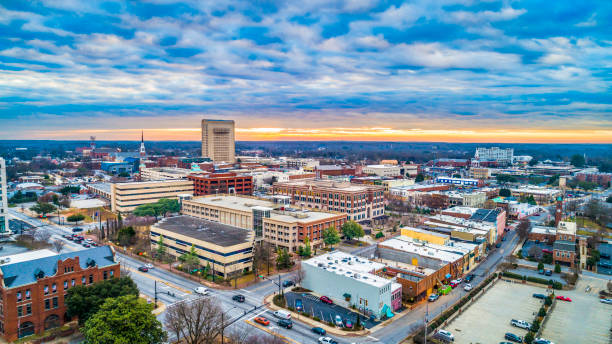The future of mobility in Barcelona: a broad metropolitan agreement

A new long-term vision is needed for mobility in and around the city
The climate emergency, new technologies, changing values, and the impact of traffic on health all mean that Barcelona needs a new approach to mobility. In addition, the Covid-19 pandemic has shown up the weaknesses of the current system of mobility management.
Mobility in Barcelona needs a broad agreement from actors across the entire Greater Barcelona metropolitan area that acknowledges current problems and embraces a long-term vision rather than purely local and specific solutions. This agreement must result in sustainable, safe, efficient and accessible mobility for everyone. Furthermore, a commitment on the part of the public administrations to finish building agreed infrastructures is needed urgently.
These views have been expressed by a group of more than 60 experts in mobility in the city who have worked in recent months on identifying the mobility challenges the city needs to address over the coming years.
Public-private collaboration
The working group was coordinated by the following persons and institutions: Barcelona Global, Nuria Domínguez, head of Strategic Alliances and Open Innovation at SEAT; Pilar Conesa, founder and CEO of Anteverti; Ricard Font, president of Ferrocarrils de la Generalitat de Catalunya (FGC); Josep Martínez-Vila, CEO of Saba; Mariano Marzo, independent director of Repsol Foundation; Josep Mateu, president of RACC; Mark Nieuwenhuijsen, director of Urban Planning, Environment and Health Initiative at ISGlobal; Xavier Serra, director of Technology and Innovation at Abertis Autopistas; and Manel Villalante, general director of Development and Strategy at Renfe.
In addition to the coordinators, experts on the panel included José Manuel Casas, general manager of Telefónica in Catalonia, Valencia, the Balearic Islands and Murcia; Mar Alarcón, founder and CEO of Social Car; Timo Butterfish, CEO of Cooltra; Juan Galiardo, general manager in Spain for Uber; Miguel Ferrer, head of public affairs at Glovo; Dani Serra, director of EIT Urban Mobility Barcelona; and Joan Enric Ricart, professor of strategic management at IESE.
The working group pointed out that the broad agreement must have the support of the public administrations throughout the metropolitan area and the private sector and must include an action plan with specific measures, responsibilities, timetables and budgetary commitments, all rooted in reliable analyses employing the latest technology and information.
Nine point plan
The experts agreed on the following 9 point plan:
- The Metropolitan Transport Authority (ATM in Spanish) has a key role to play in the conception, design and execution of mobility in the metropolitan area, which is taken to be the area covered by the Barcelona local rail network (Cercanias/Rodalies). The Spanish government therefore needs to play a role in the ATM (not only as an observer), and there should be key contributions by private actors and a more important role for major public transport operators.
- Public-private collaboration is absolutely essential, particularly with the new systems of mobility.
- There is an urgent need for the administration to invest in public transport, in particular the metro, rail and the suburban rail network.
- Technology is essential for mobility in a city like Barcelona, both for management and planning, and in new systems of shared mobility.
- Smart solutions must be found to regulate access to Barcelona by private cars.
- Goods delivery needs to be more agile and efficient and efforts should be made to ensure that goods vehicles pollute less and don't block traffic.
- The European Funds for energy transition —the so-called New Green Deal—provides Barcelona with the opportunity to roll out a mobility system that would be a benchmark for sustainability and new technologies.
- A mobility model must be created that integrates all alternatives and uses, guaranteeing sustainable, accessible and efficient mobility. modelo de movilidad que integre todo tipo de alternativas y usos, garantizando una movilidad sostenible, accesible y eficiente.
- Barcelona has the opportunity to become a leading urban laboratory for connectivity and mobilitycapable of generating new forms of travel, exploiting 5G connectivity, and transforming the city to meet new urban needs.
"Mobility has to be designed and executed in the key of the Metropolitan Region, where the Metropolitan Transport Authority (MTA) has a main role".
On the basis of the points agreed above, a series of specific proposals has been put forward that are essential for making Greater Barcelona safer, healthier, more sustainable, more accessible, more competitive and better able to improve its citizens' quality of life.
Specific proposals for mobility in Barcelona
There is a need for a public-private instrument for overall planning and managing of mobility. The report points out that the ideal instrument is the Metropolitan Transport Authority itself, but it needs to bring in all relevant administrative bodies (and specifically also the Spanish Government) as well as the private sector.
- Investments in efficient and sustainable public transport need to be accelerated. The experts insist that the agreed infrastructure plan needs to be implemented and the improvements to the suburban train system that were set out in the 2008-2015 suburban railway plan need to be rolled out in order to improve mobility in Greater Barcelona.
- There is a need to review the idea of congestion charges (both on driving into the city and in parking lots) in order to regulate access to Barcelona and to finance public transport.
- Create Park & Ride areas should be created in stations in the metropolitan area.
- Despliegue de los The Business Relocation and Remote Working Plan needs to be implemented.
- Progress on traffic calming schemes in the city center needs to be made.
- Parking lots and stations should be adapted to be service hubs for mobility and community.
- The Big Data should be used as a tool for planning and managing mobility in Greater Barcelona.
- Shared mobility: Barcelona has an opportunity to become a benchmark in the field of shared mobility.
- A MaaS (Mobility as a Service) platform could be set up with the aim of improving efficiency, service quality, intermodality and incentives for users of metropolitan mobility services. la calidad del servicio, la intermodalidad y los incentivos a los usuarios de la movilidad metropolitana.
- The entire fleet of private and public vehicles should be rejuvenated and decarbonized.
- Taxi services in Barcelona need to be updated. poner al día el servicio de taxi en Barcelona.
- An urban network should be developed that enables sustainable and efficient goods delivery.
- Tourism: Efforts should be made to ensure tourism is fully integrated within the metropolitan mobility system.
- Barcelona has a chance to become a world-renowned urban laboratory for mobility.







